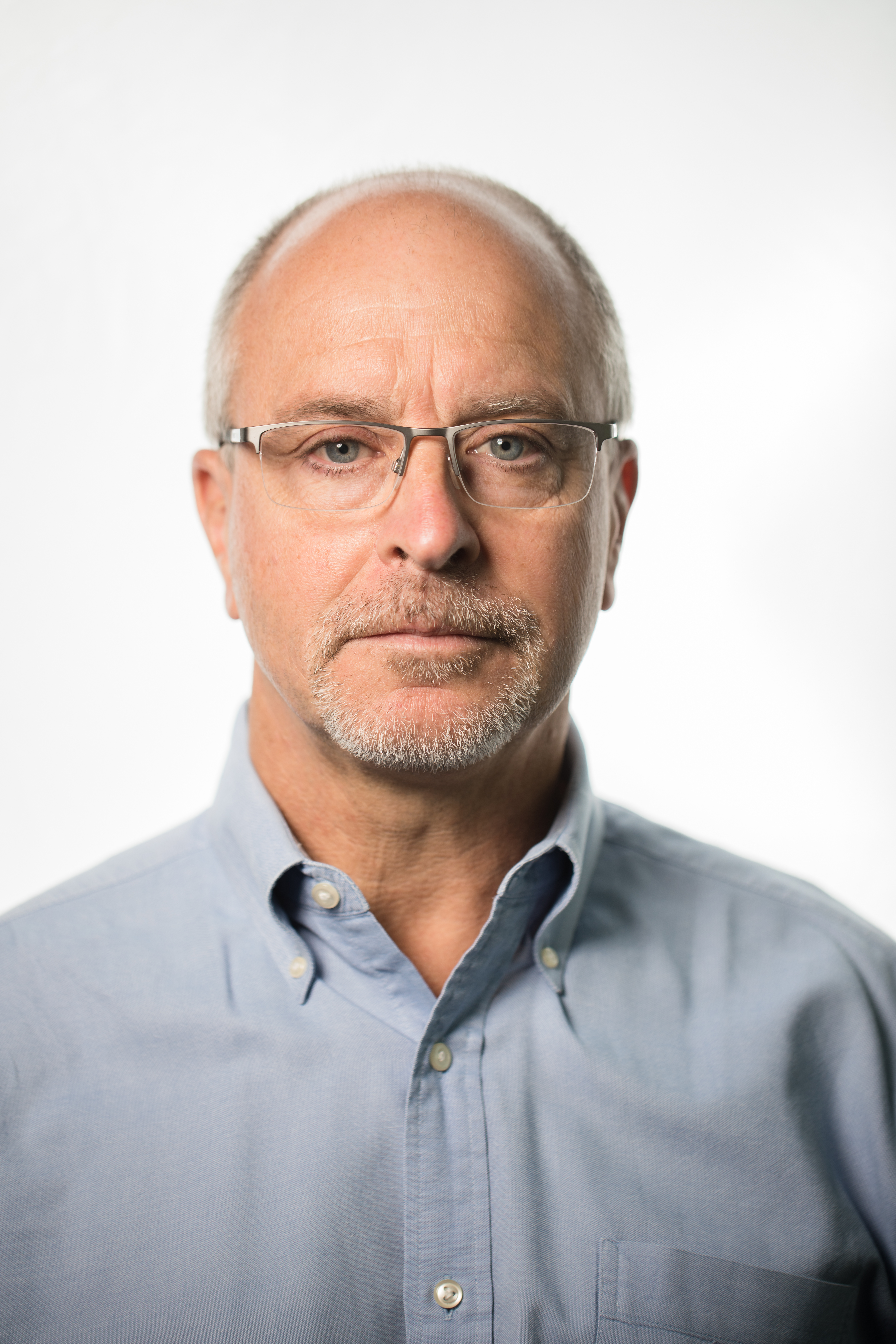Lehigh University
Office or Center Name Here
Richard Sause
Joseph T. Stuart Professor of Structural Engineering; Director, Advanced Technology for Large Structural Systems (ATLSS) Center; Director, Institute for Cyber Physical Infrastructure & Energy, Lehigh University
A Research Perspective on Seismic Performance of Steel Building Structures
click here to view video
Wednesday, November 17, 2021 – 4:30 pm
Location: Whitaker Lab 303, Lehigh University,5 E. Packer Avenue, Bethlehem, PA
Richard Sause is the Joseph T. Stuart Professor of Structural Engineering and Director of the Advanced Technology for Large Structural Systems (ATLSS) Engineering Research Center at Lehigh University for the past 20 years. He is the founding director of Lehigh’s Institute for Cyber Physical Infrastructure and Energy (I-CPIE). He has been a member of the Lehigh Civil and Environmental Engineering faculty since 1989, where he teaches steel structures design, structural dynamics, and earthquake engineering. He is co-author of 130 peer-reviewed journal articles, 230 conference/workshop proceedings papers, and 60 publicly-available technical reports. Dr. Sause’s research areas include dynamic response and earthquake performance of steel, concrete and timber structures, and fatigue and in-service performance of highway structures. His research involves theoretical, numerical, and large-scale experimental investigations, along with practical applications and design guidelines. Dr. Sause has collaborated on projects that won the following awards: Charles Pankow Award for Innovation (ASCE, 2016 and 1997); the National Steel Bridge Alliance Merit Award (AISC, 2012); Raymond C. Reese Research Prize (ASCE, 2009); J. James R. Croes Medal (ASCE, 2007); and Charles C. Zollman Award (PCI, 2006).
A Research Perspective on Seismic Performance of Steel Building Structures. Steel buildings designed and constructed in the US and other regions with modern seismic standards are anticipated to perform very well with respect to life safety under the expected earthquake demands. For ground motions at the maximum considered earthquake intensity, the probability of collapse is relatively small; however, the probability of structural and nonstructural damage is relatively large for ground motions with shorter return periods comparable to the expected life of these buildings, so questions about seismic resilience remain. Research to improve steel building seismic performance is ongoing with a focus on reducing damage by reducing global lateral drift, avoiding localization of drift, and reducing accelerations. Recent research results include innovative structural mechanisms, such as self-centering, to permit lateral drift without structural damage, as well as various damping systems to reduce drift. Current research seeks to control distributions of internal forces to minimize drift localization and to reduce accelerations. This presentation provides a perspective on current research questions and research outcomes toward improving steel building seismic performance.
